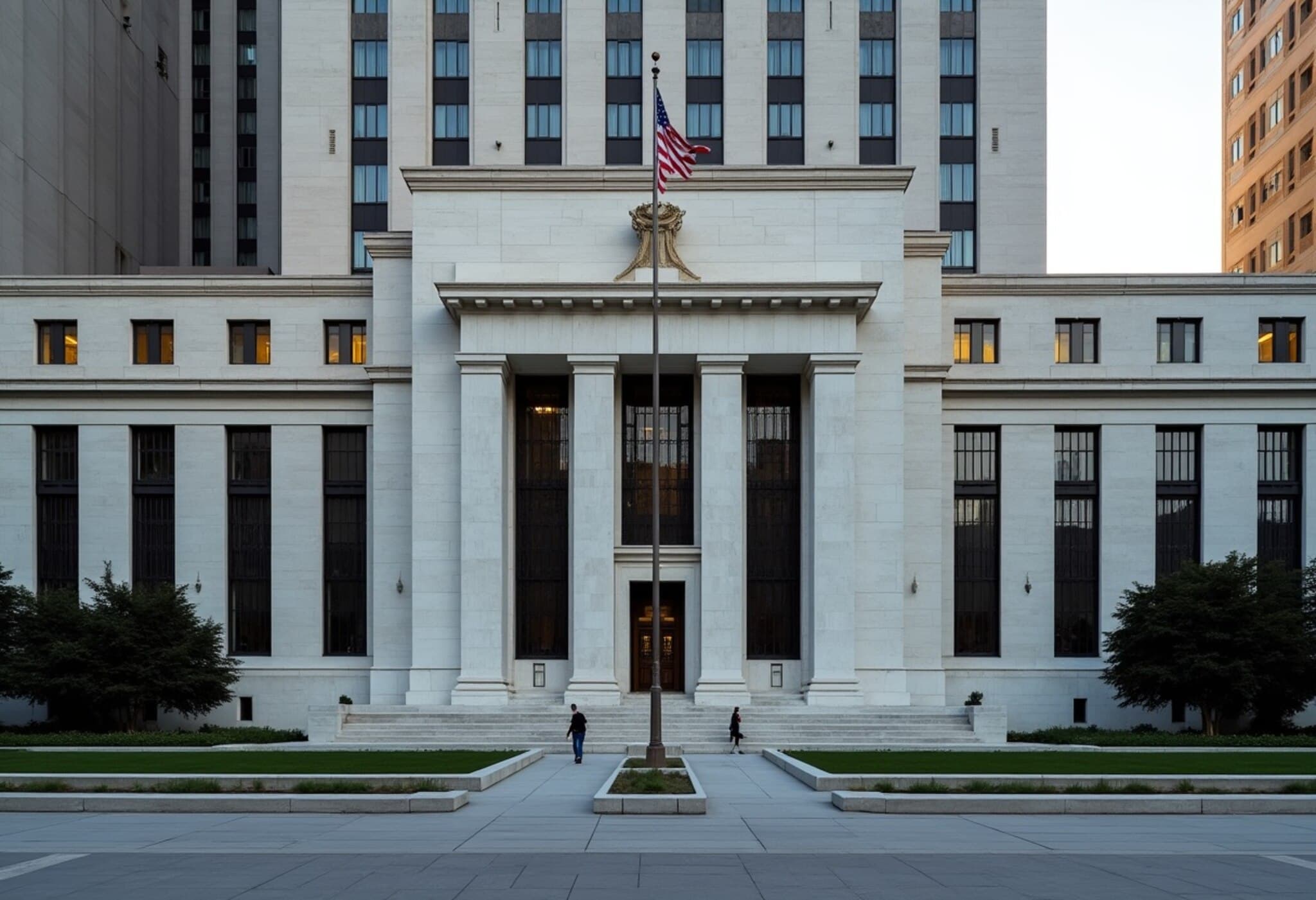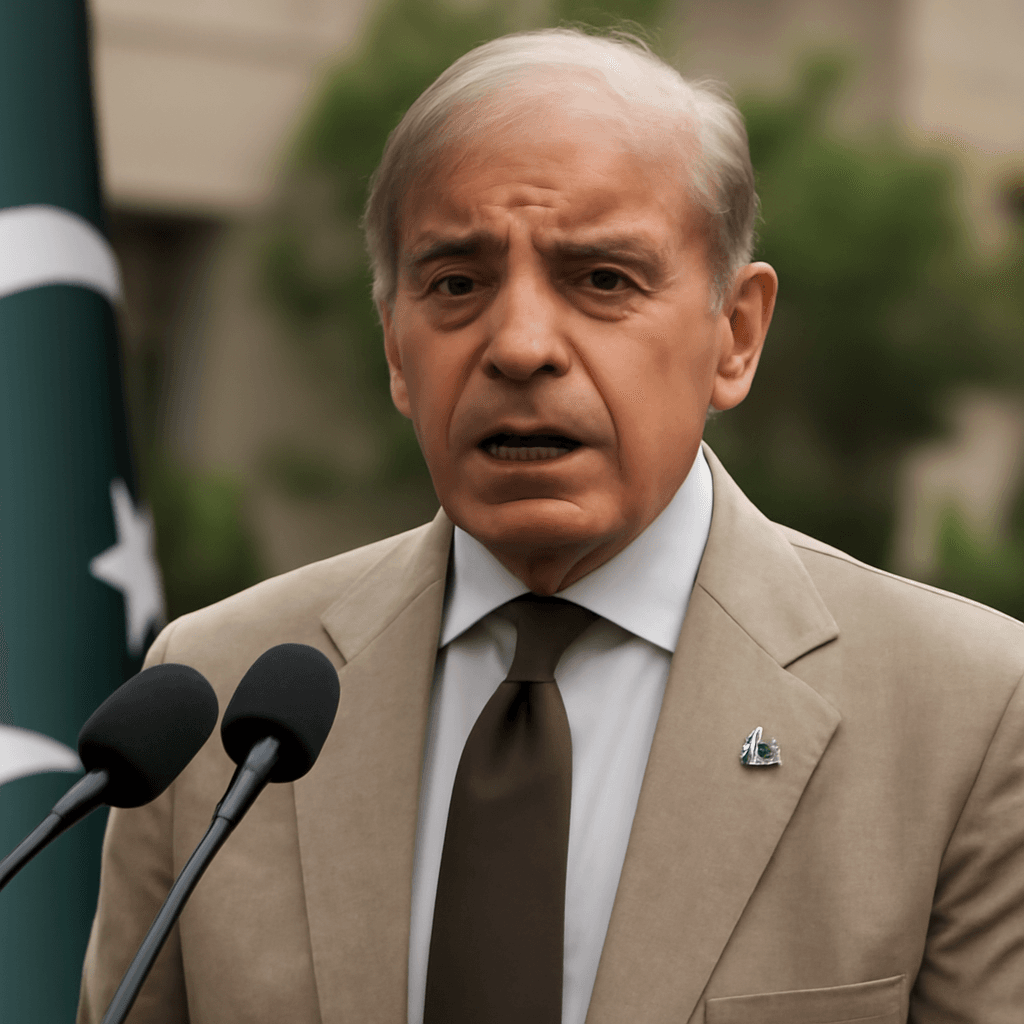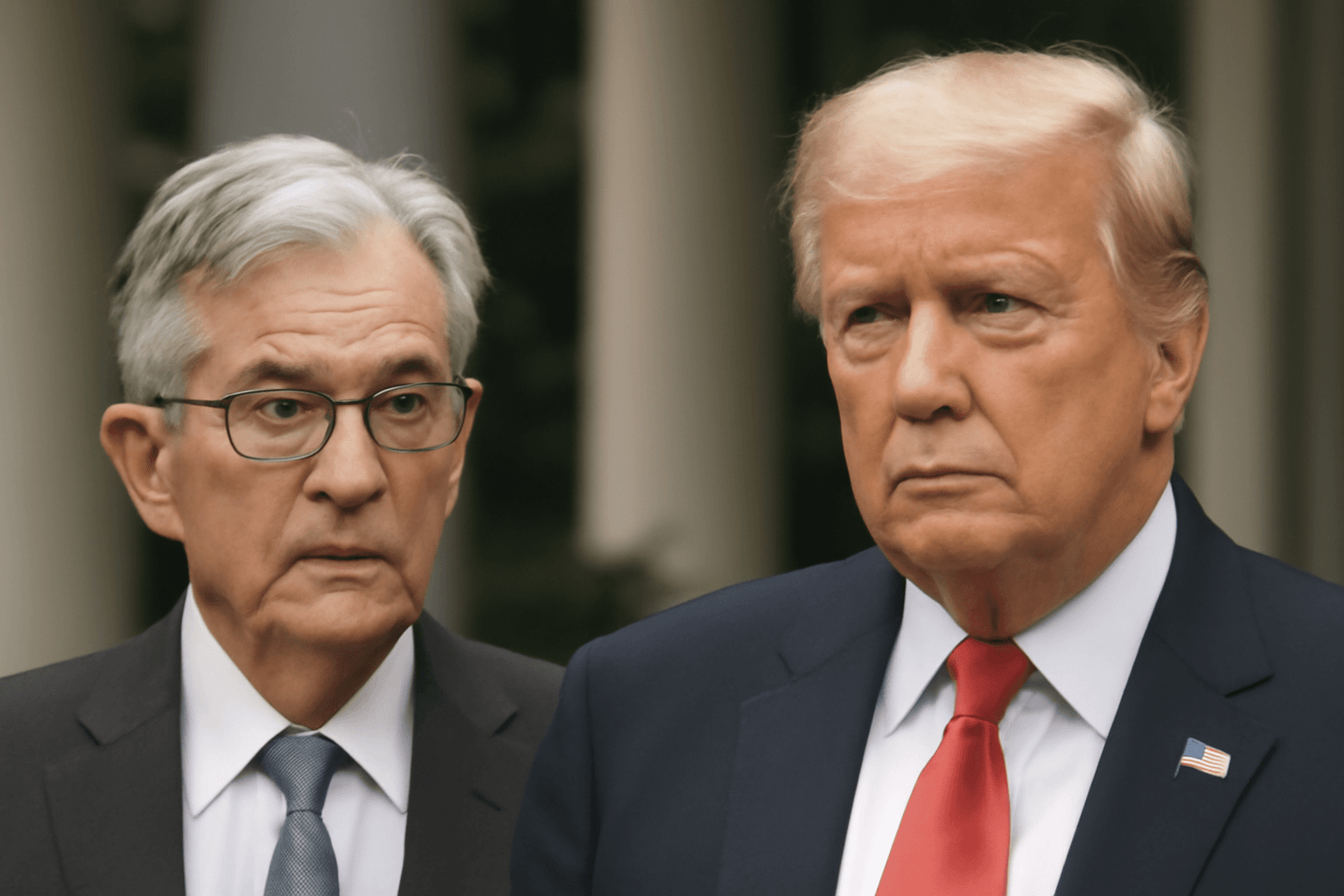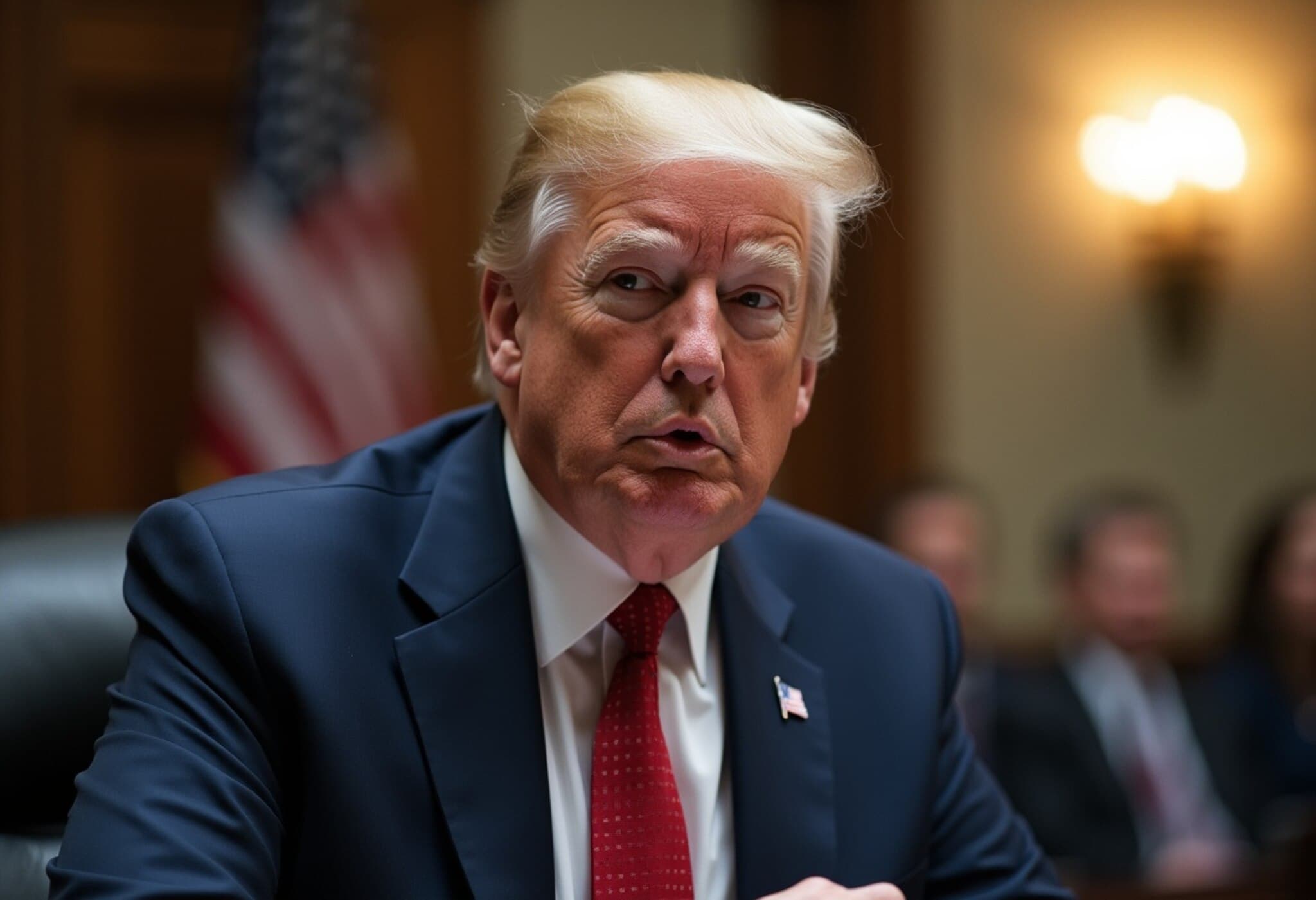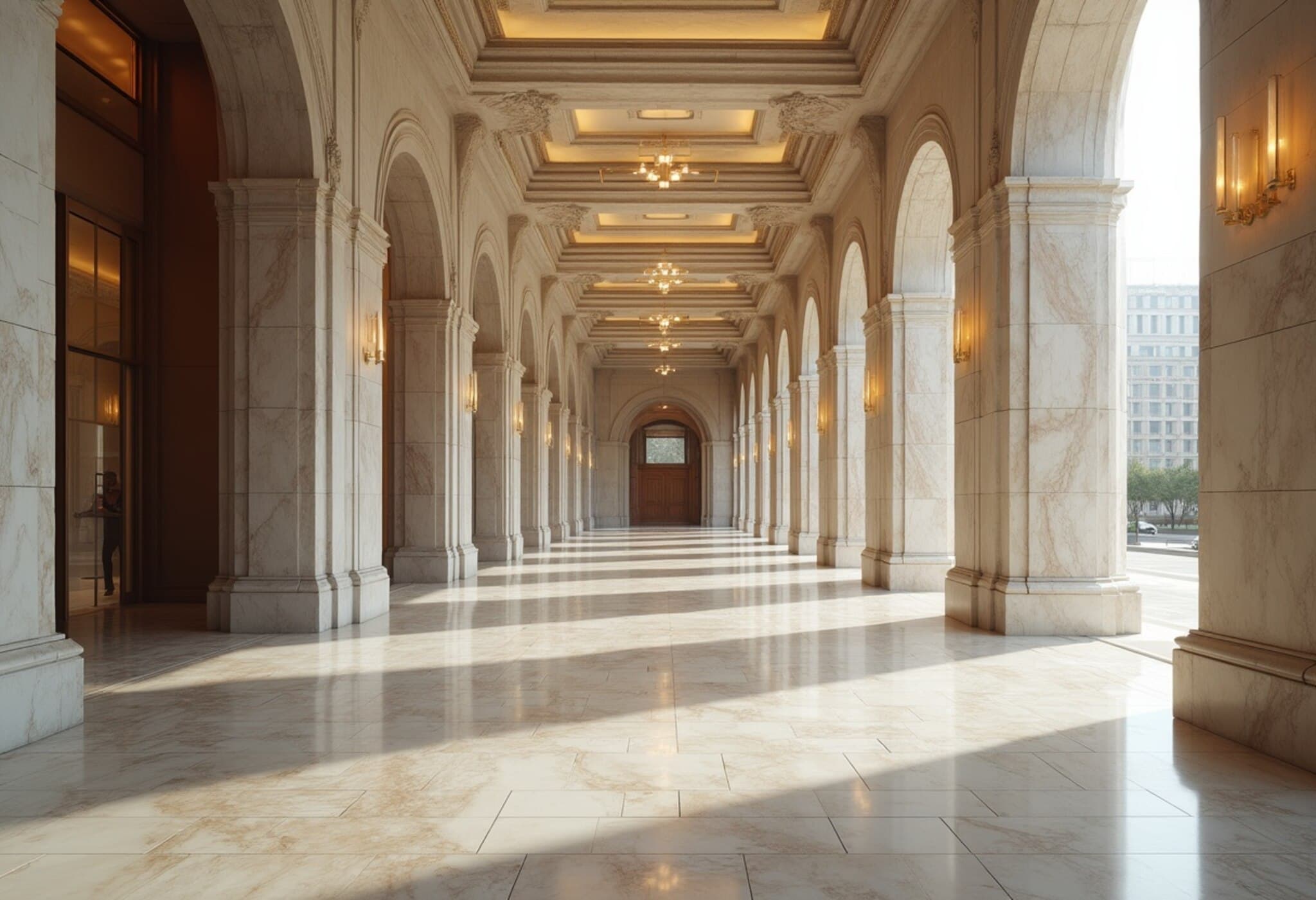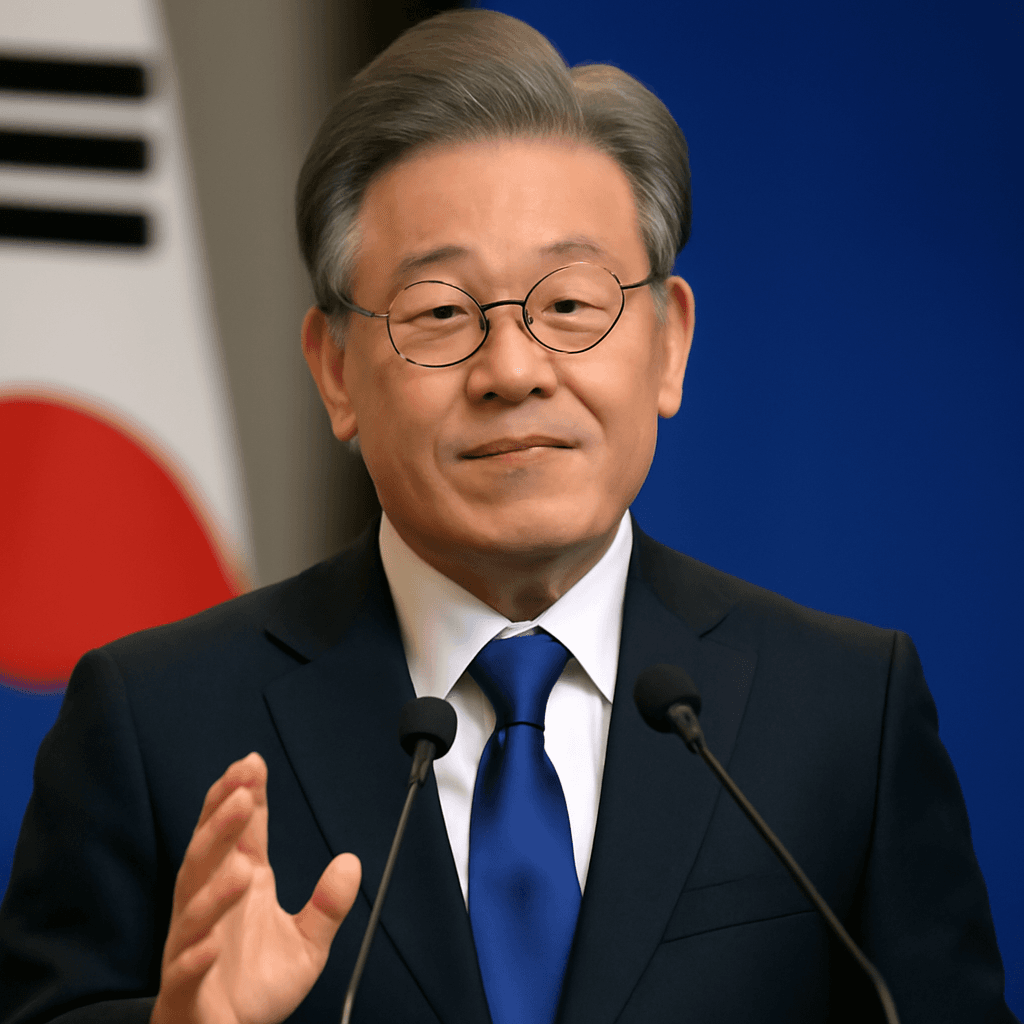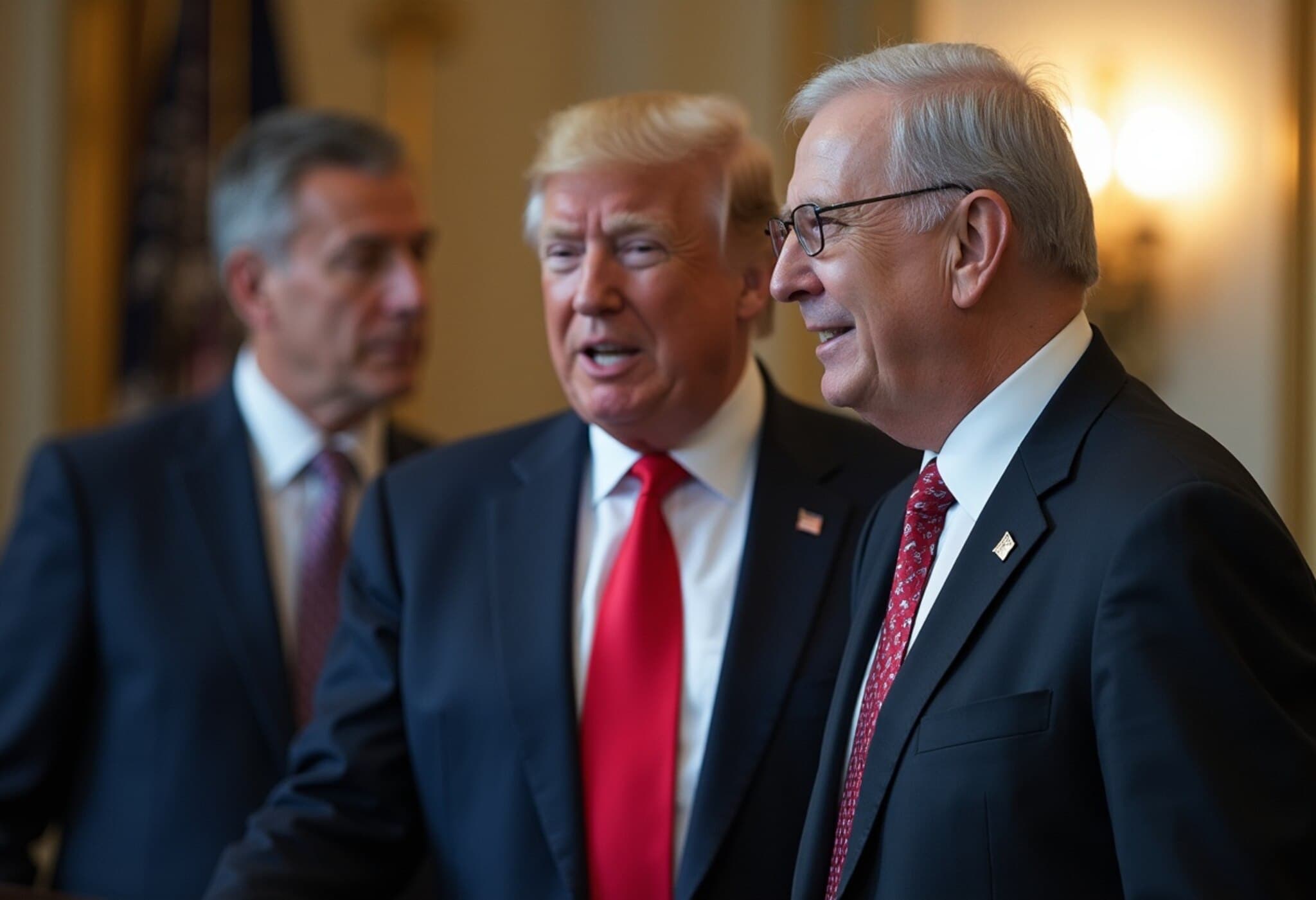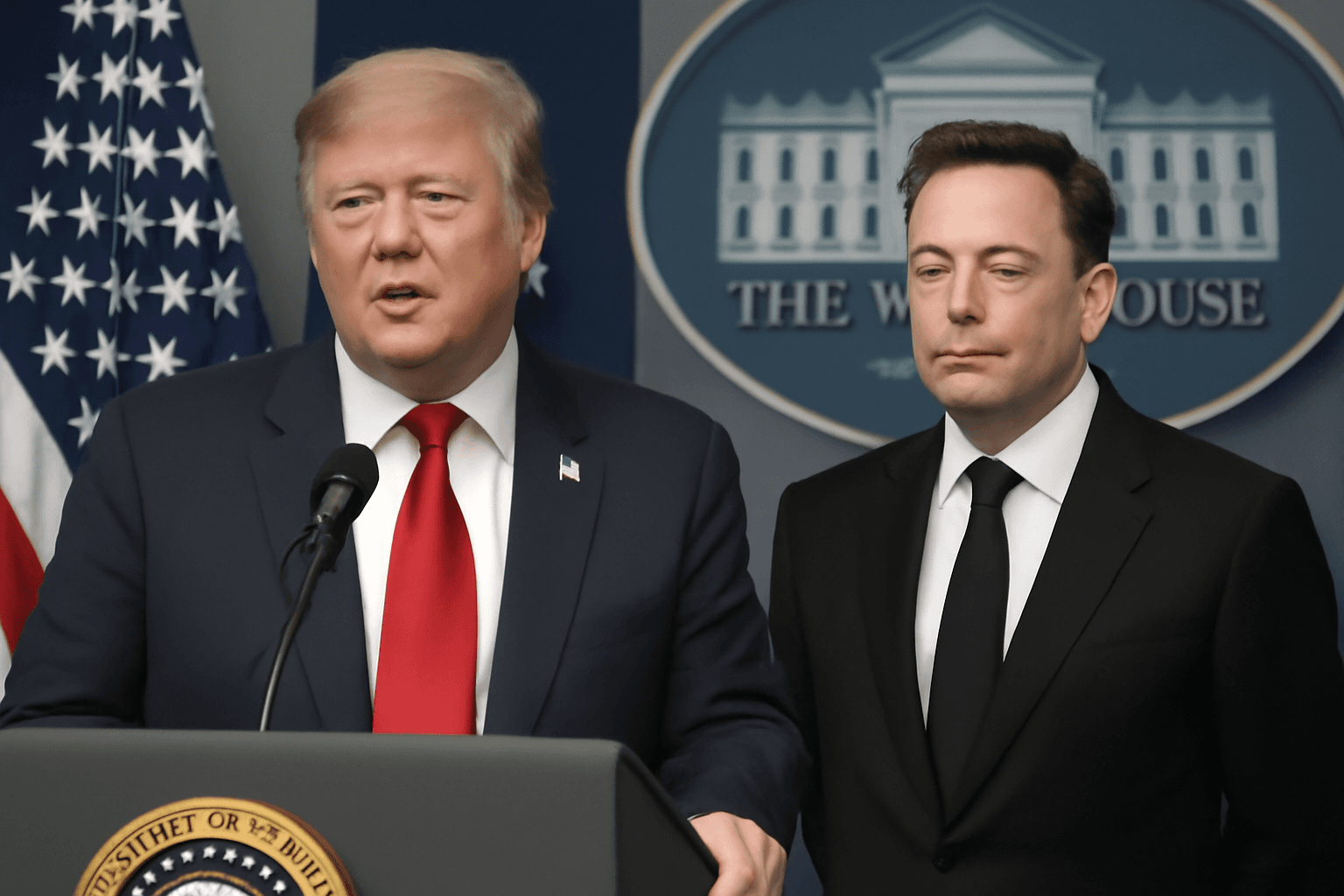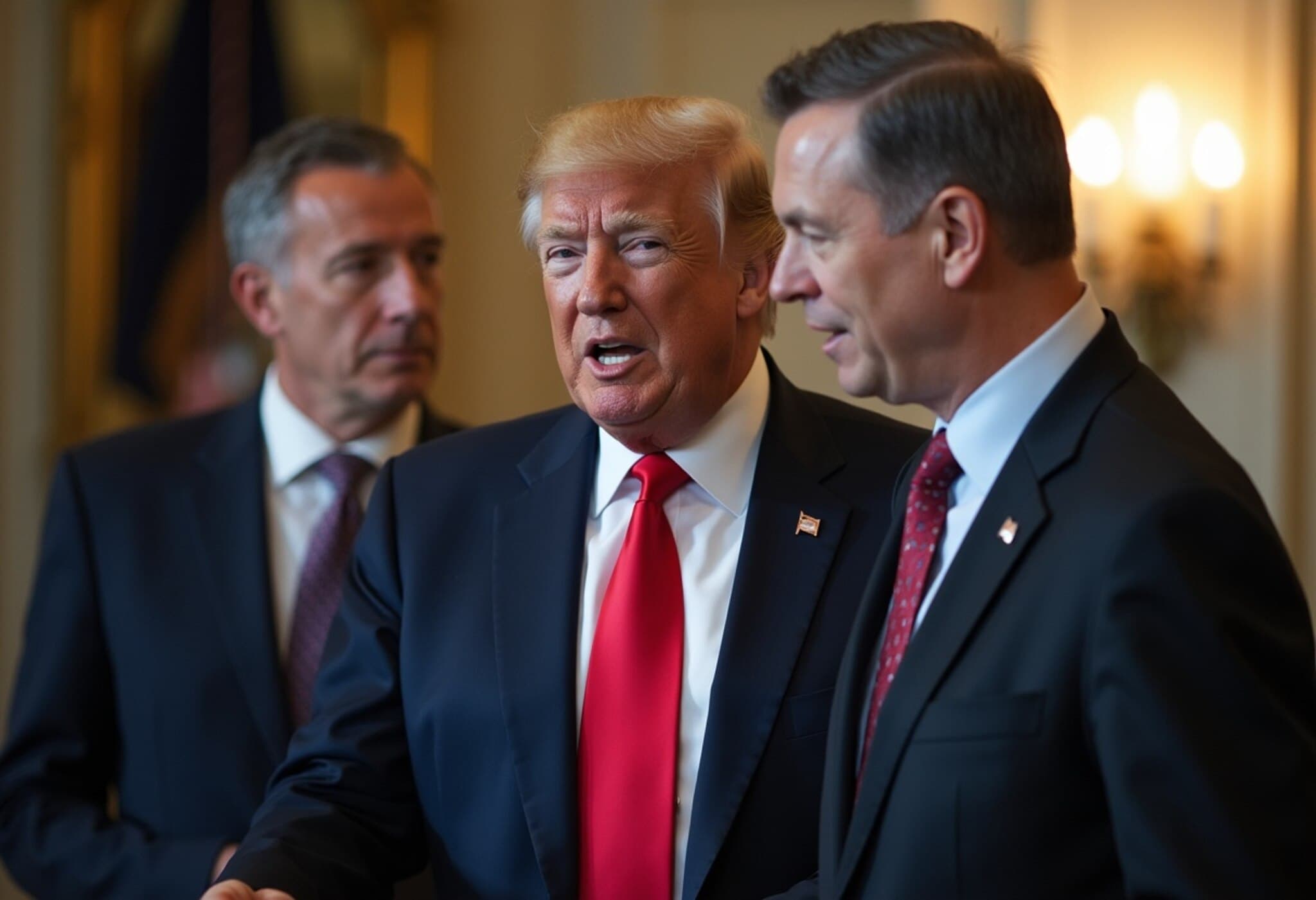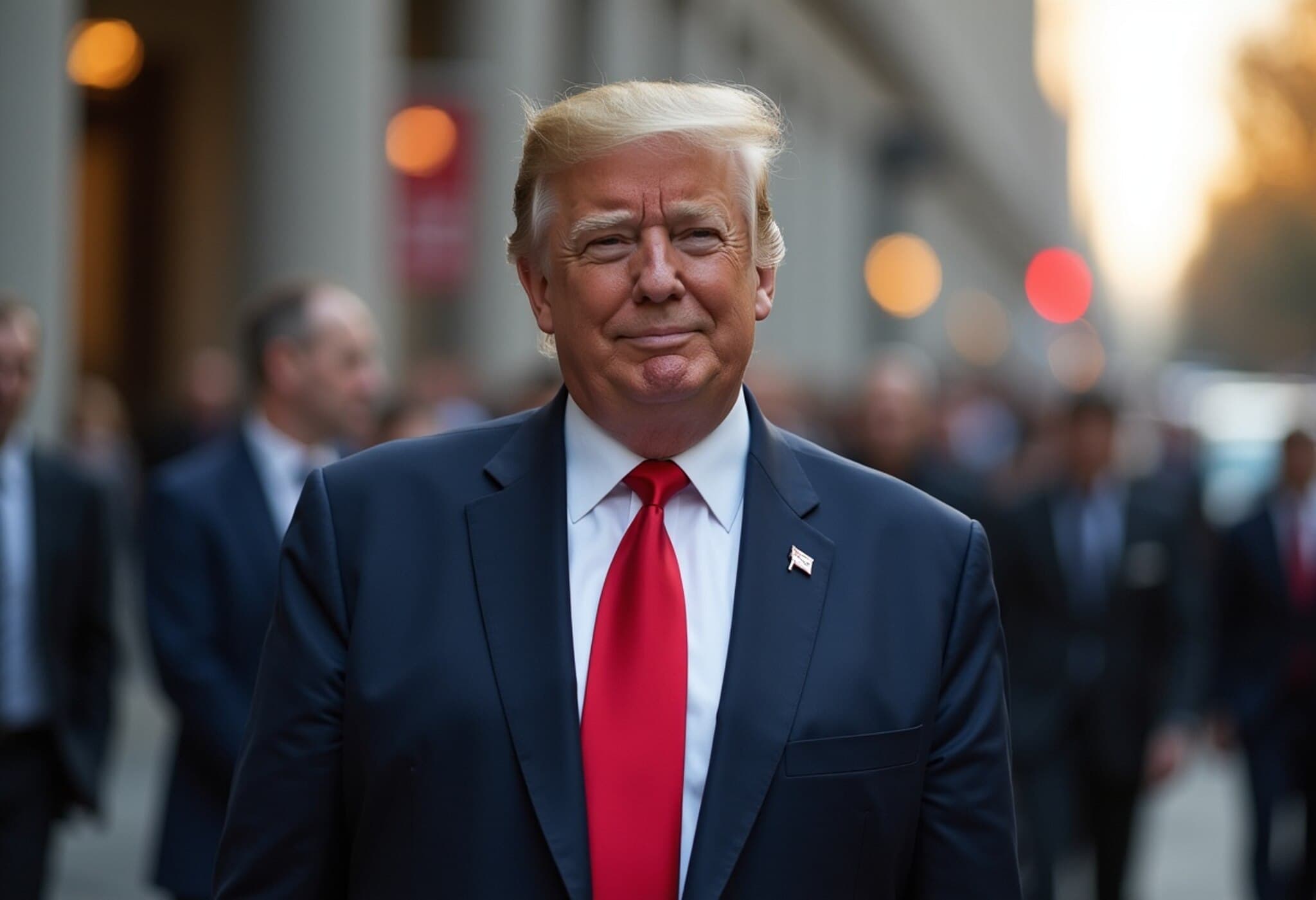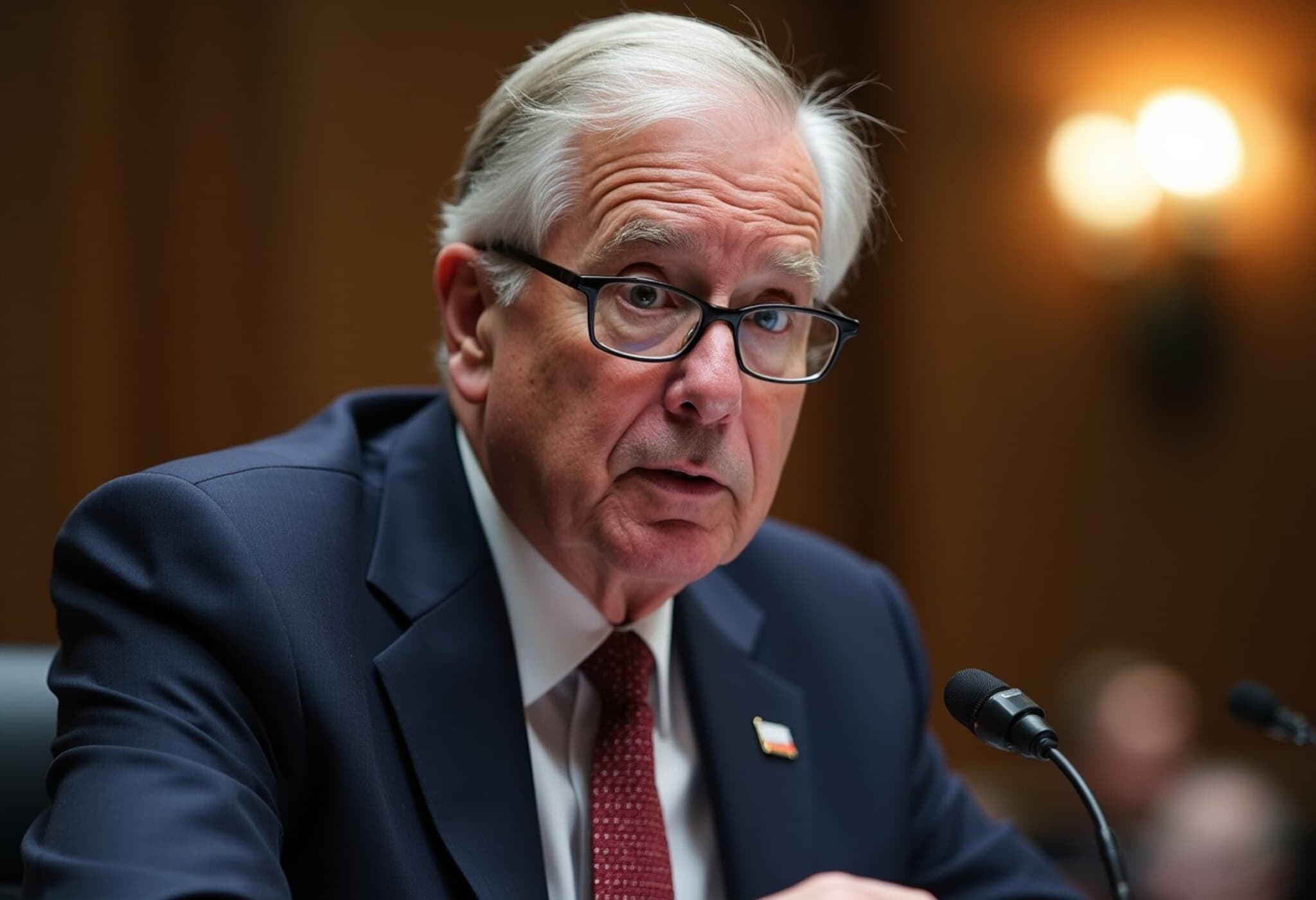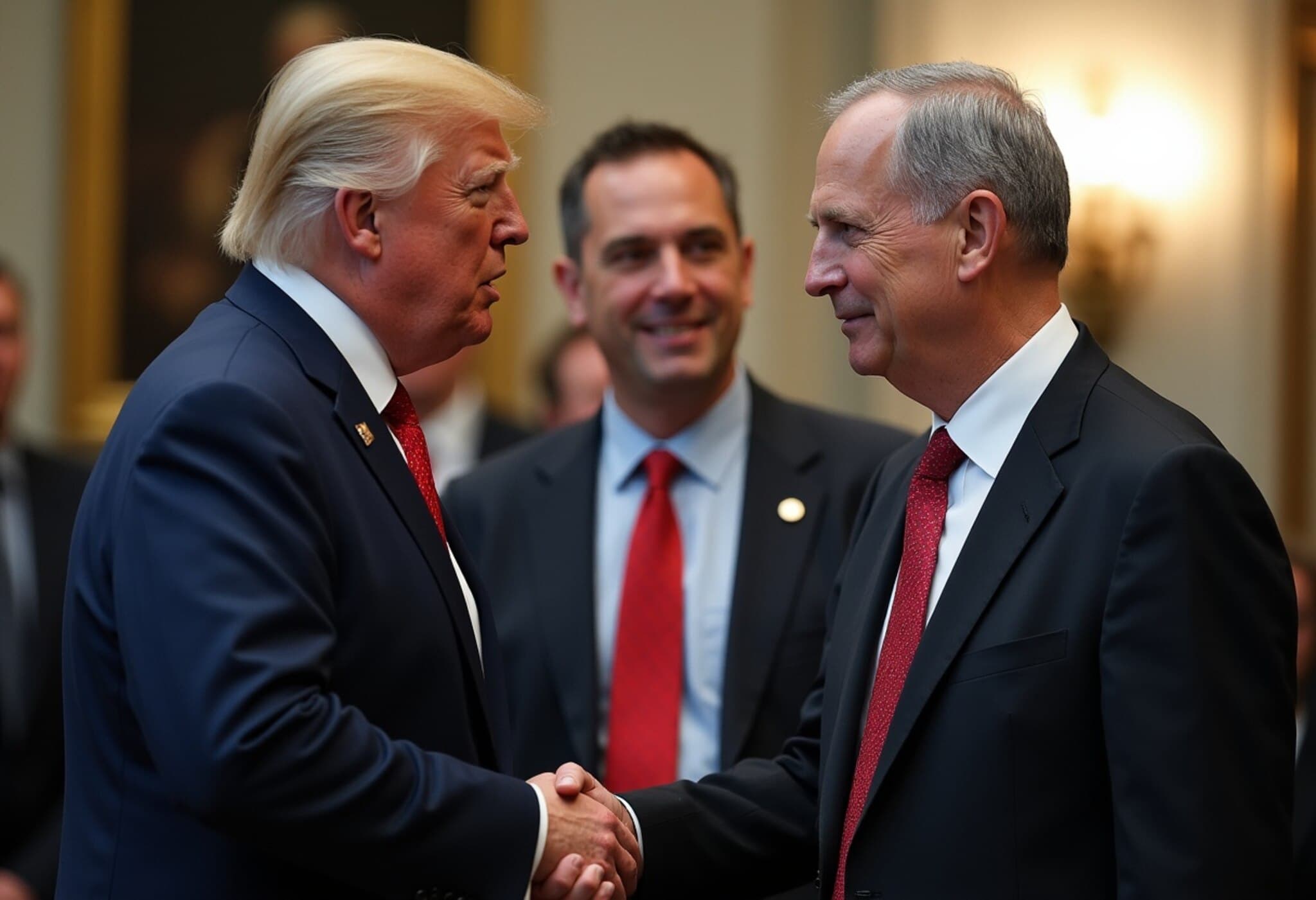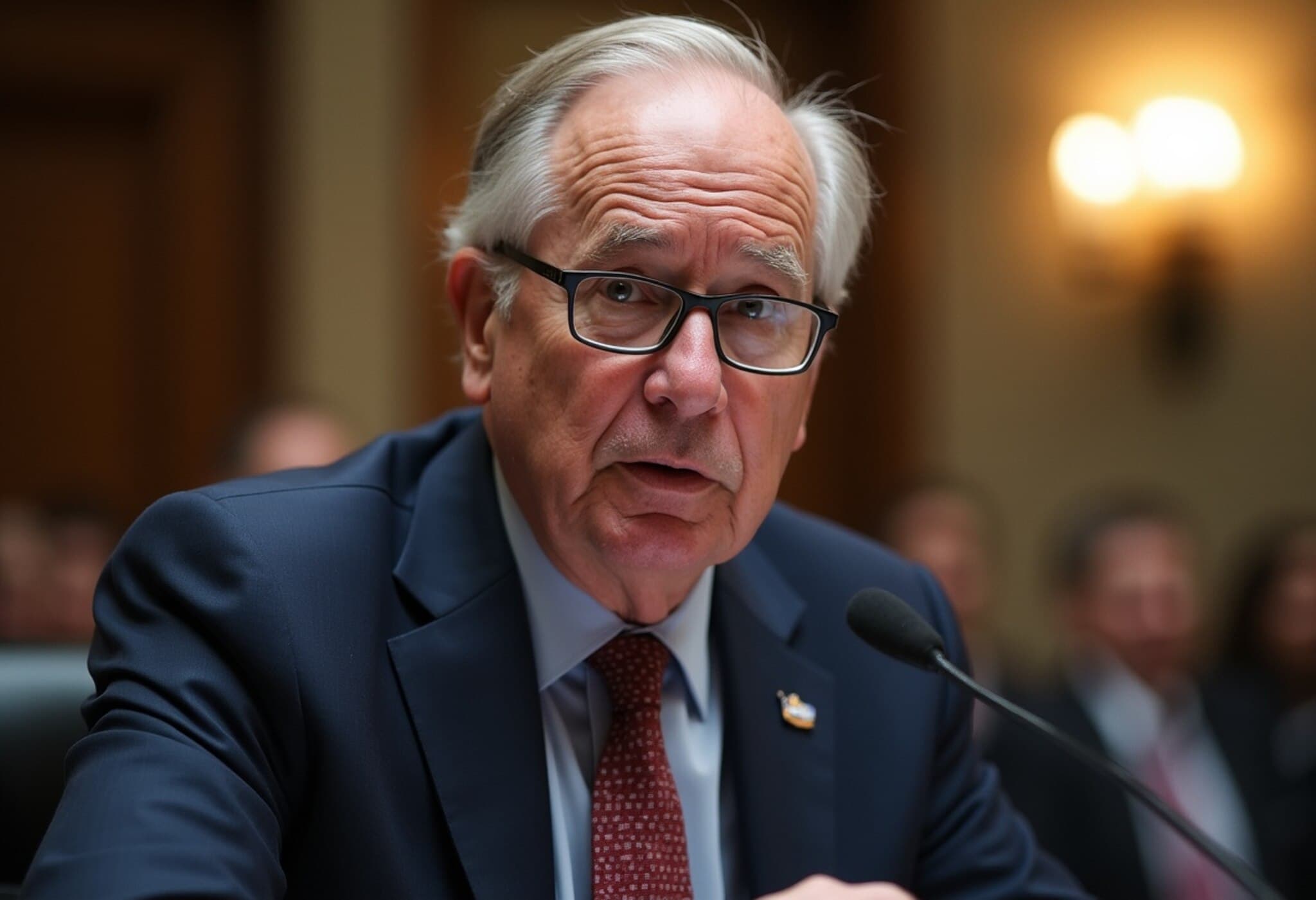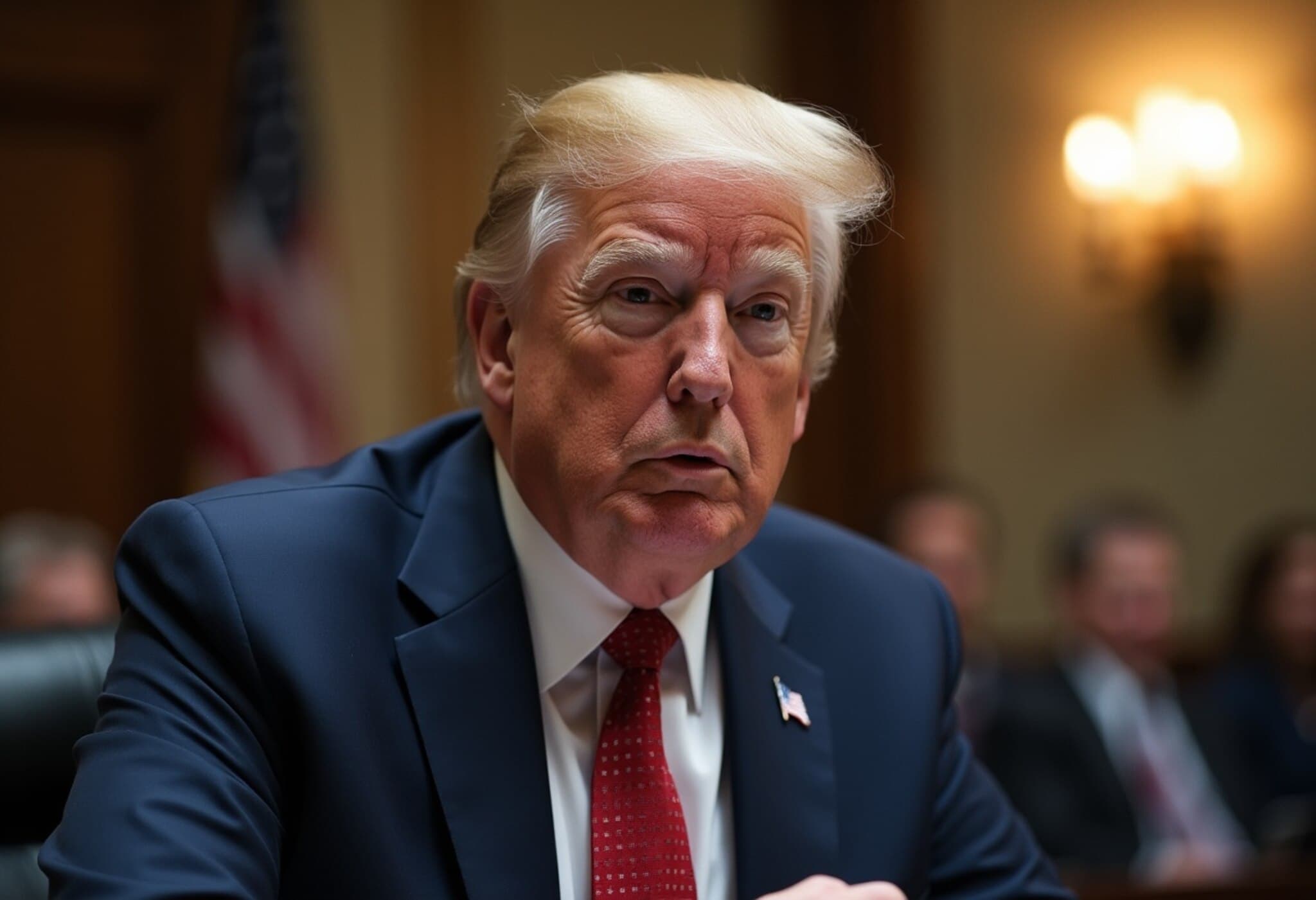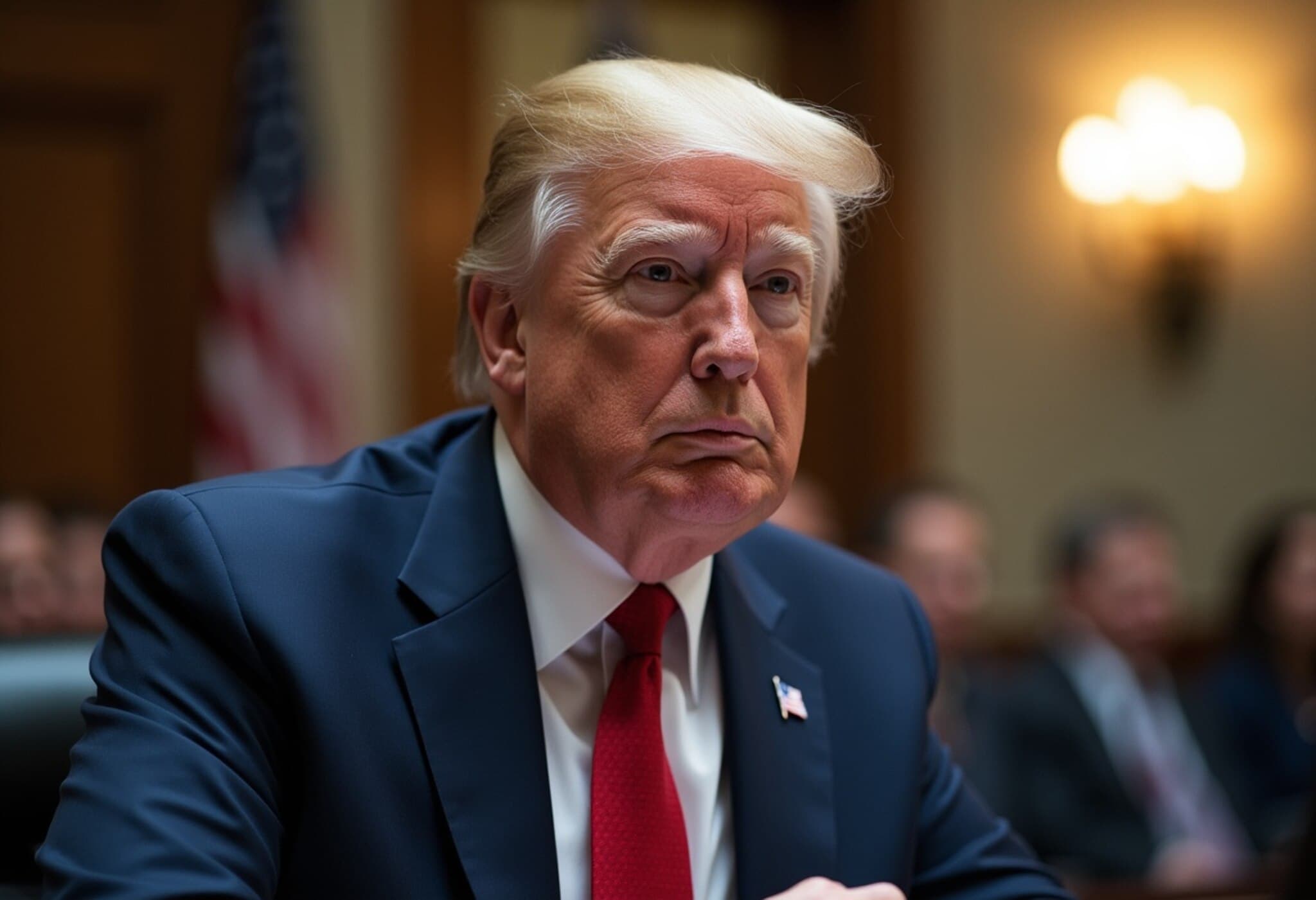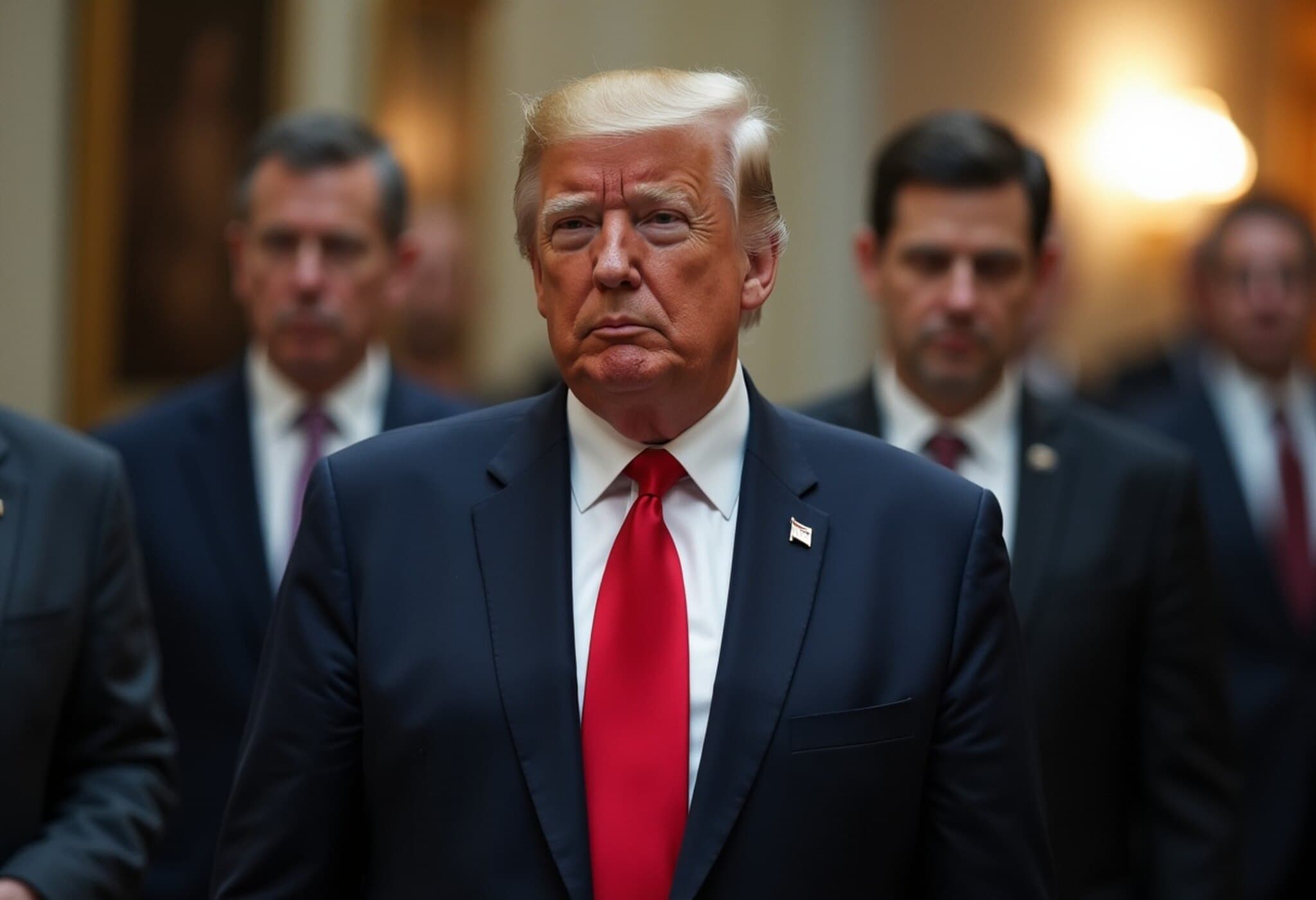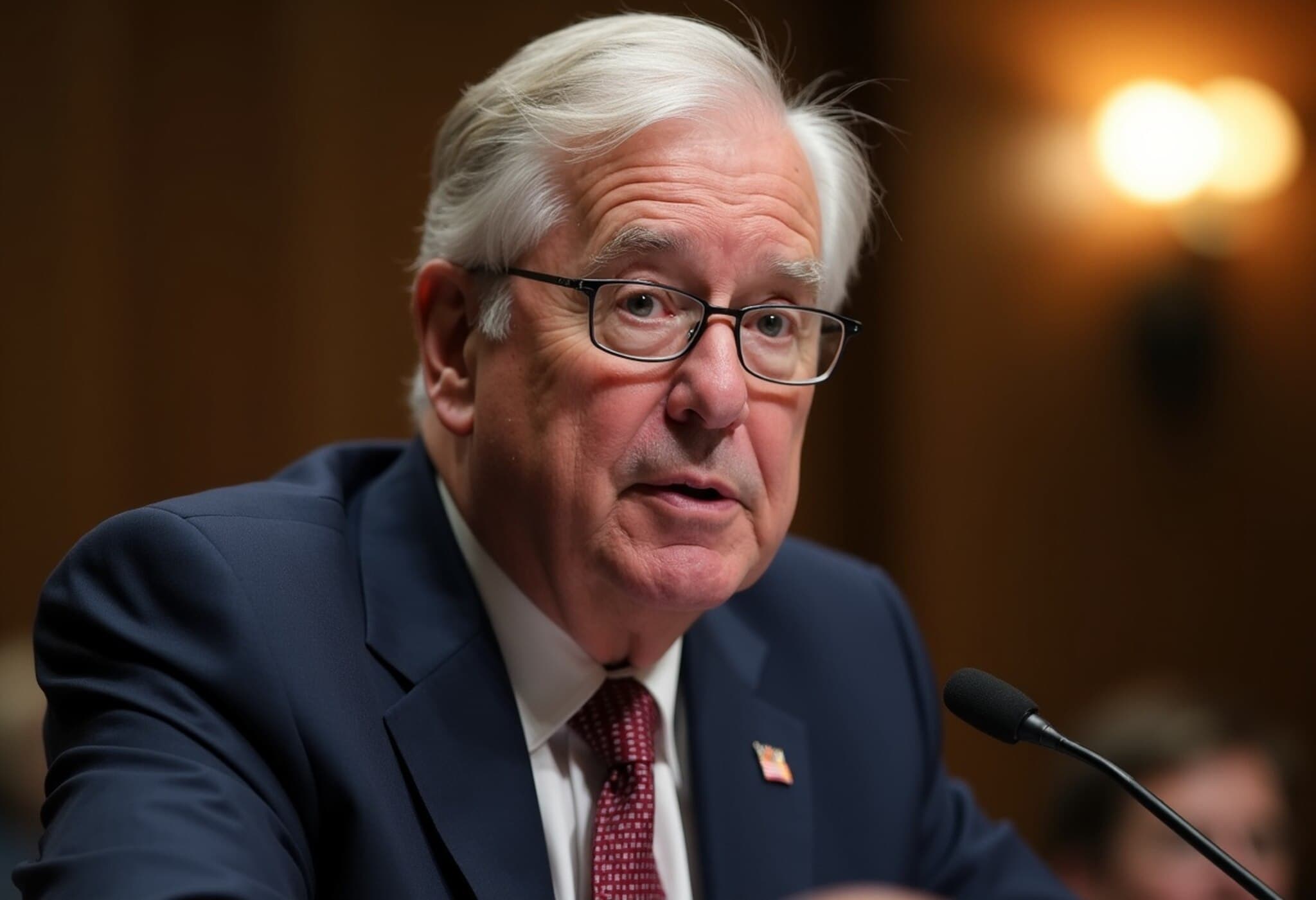Federal Reserve Responds to Trump Administration’s Criticism Over Renovation Project
In the face of mounting criticism from the Trump administration, the Federal Reserve has taken a measured but firm stance defending its ongoing renovation project. This week, the central bank quietly published a detailed "Frequently Asked Questions" (FAQ) page on its official website aimed at addressing concerns and misinformation surrounding the costly revamp of its headquarters.
Political Tensions and Financial Scrutiny
The renovation project recently escalated into the political spotlight due to outspoken opposition from the Office of Management and Budget (OMB) Director Russell Vought. Vought labeled the renovations as an "ostentatious overhaul", accusing the Fed of excessive spending during a time when fiscal responsibility is under urgent national scrutiny. He even announced intentions to initiate a formal investigation into the project's budgeting and management.
These developments come amid President Donald Trump’s ongoing campaign to pressure Federal Reserve Chair Jerome Powell to aggressively lower interest rates. Trump has repeatedly accused Powell of politicizing monetary policy and has suggested Powell should step down before his term concludes in 2026.
Federal Reserve’s Transparent Rebuttal
The newly published FAQ page serves not just as a defense of the renovation’s necessity but also as an educational tool clarifying several misunderstood details:
- No VIP extravagances: Contrary to accusations, the Fed denies constructing "VIP private dining rooms" or luxury water features. Existing conference rooms like the Eccles building’s are being preserved and updated for official meetings.
- Cost increases explained: The Fed cites legitimate factors such as unforeseen asbestos removal and compliance-driven design alterations as contributors to budget escalations.
- Funding source: Importantly, the renovation is financed entirely through the Fed’s own revenue streams from interest on securities and bank fees — not taxpayer funds.
According to the Fed, the project’s costs are approximately $149 million. While this figure might appear eye-catching, within the context of refurbishing a major federal institution’s headquarters in Washington, D.C., experts suggest these expenses are neither reckless nor unusual.
Context and Broader Implications
This confrontation illustrates a broader friction between monetary policy independence and political interference. The Trump administration’s criticisms — targeted in part at Powell’s resistance to pressure — raise essential questions about the delicate balance between governance, transparency, and political agendas.
From an economic policy perspective, it’s worth noting that maintaining and upgrading key federal facilities reflects a long-term investment strategy ensuring operational continuity and employee safety, which indirectly supports financial stability.
Expert Perspectives
Financial and governance experts stress that while oversight of government spending remains critical, investigations should carefully distinguish between legitimate cost overruns and politically motivated hyperbole.
"The Federal Reserve operates with a high degree of independence for a reason," says Dr. Linda Caruso, a monetary policy analyst. "Pressure campaigns against the Fed risk undermining confidence in crucial economic stewardship, especially when tied to political objectives rather than objective fiscal stewardship."
What Lies Ahead?
The Trump administration’s next steps, including Vought’s pledged investigation, could intensify scrutiny of the Fed’s internal projects and operational transparency. Meanwhile, Jerome Powell appears poised to continue defending the institution’s autonomy and decision-making process amid growing political noise.
For the American public and markets alike, this situation underscores the enduring tension between political leadership and independent financial governance — a balance that remains vital for the country’s economic health.
Editor's Note
As the Federal Reserve and the Trump administration clash over renovation costs and monetary policy, key questions emerge: How should independent institutions manage transparency without succumbing to political pressure? And how can government spending oversight remain robust yet free from politically charged narratives? Observing this evolving story offers critical insights into the intersection of politics, economics, and institutional integrity in the U.S.

